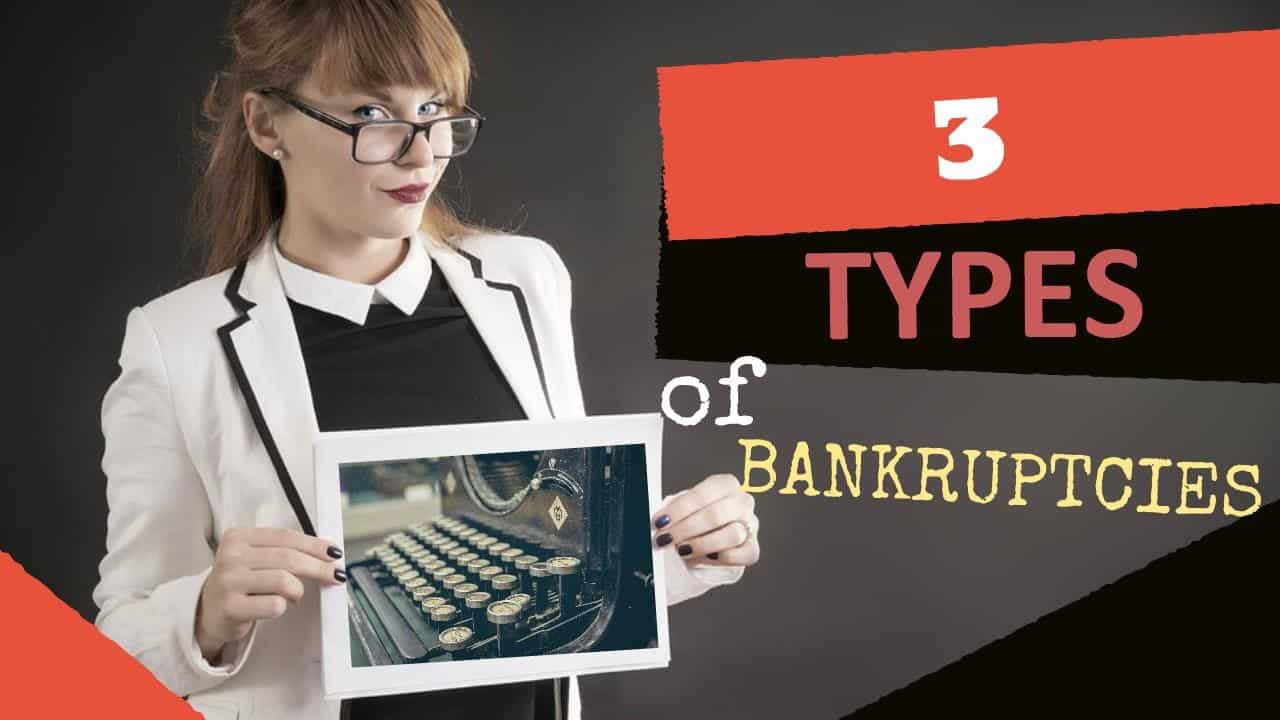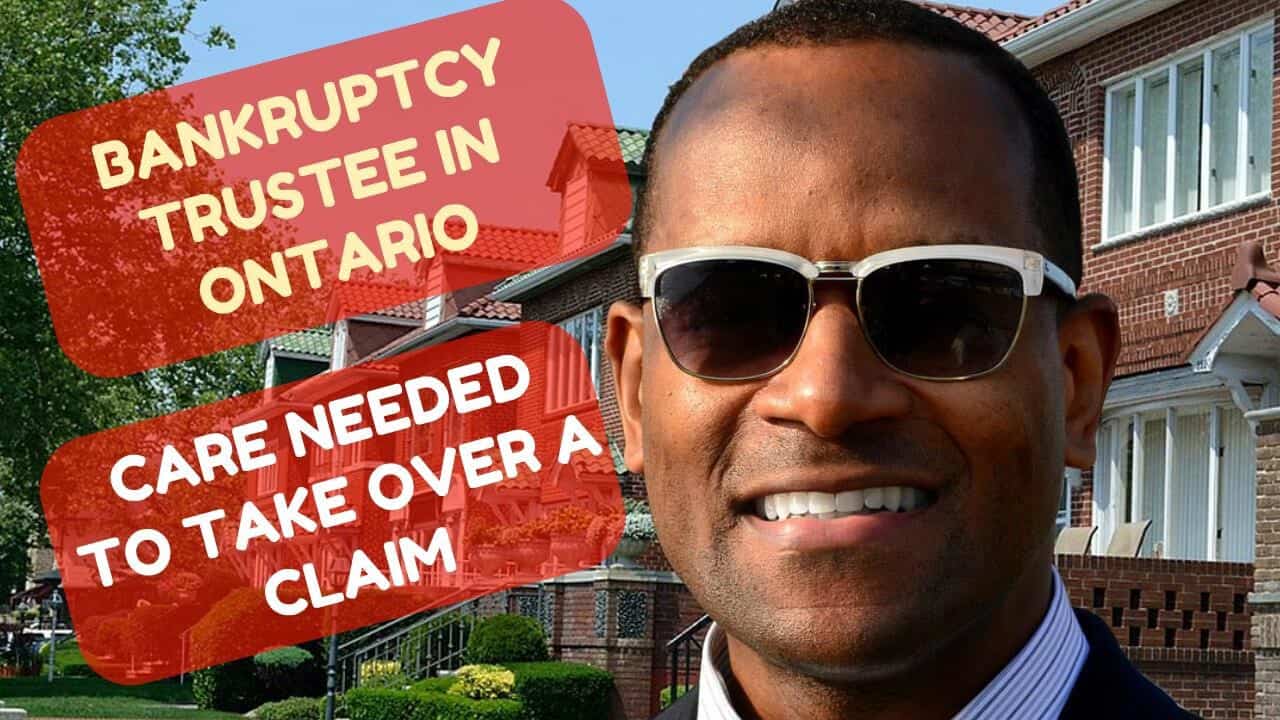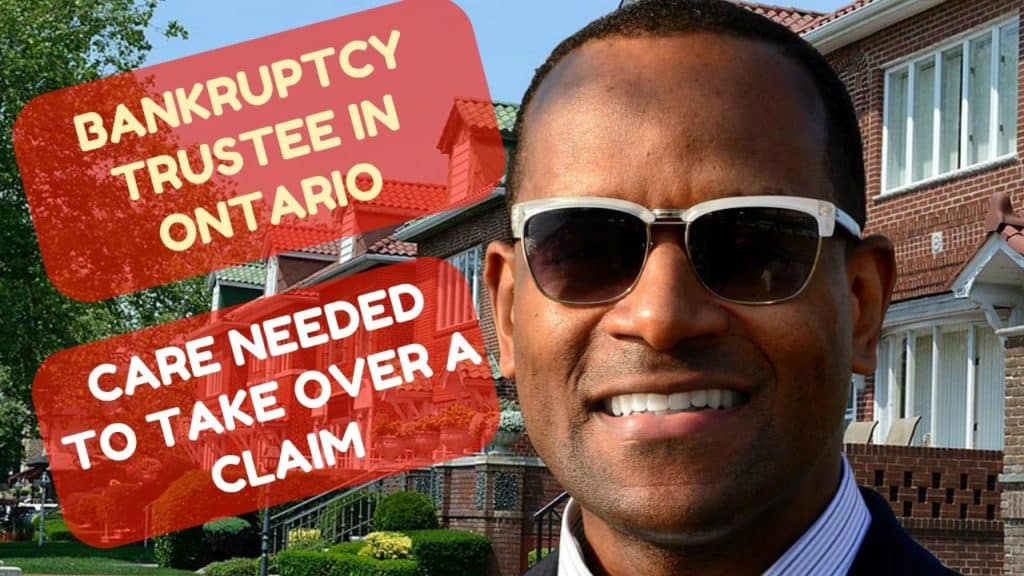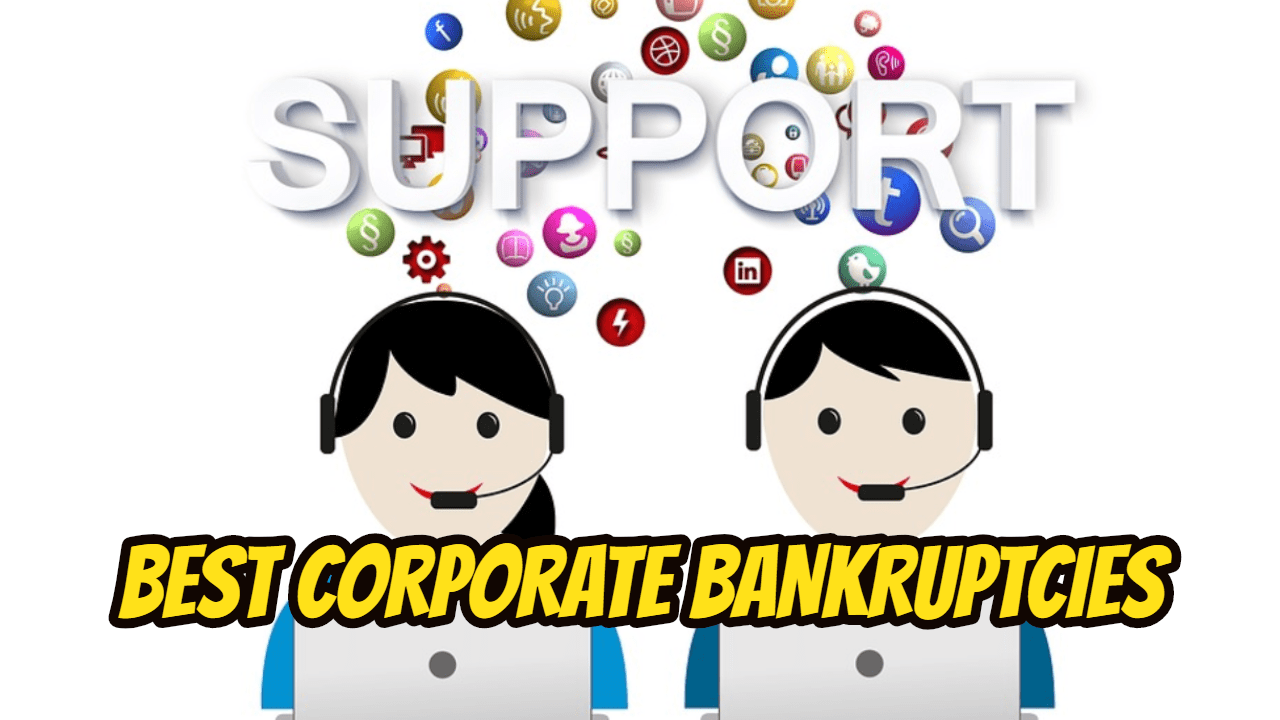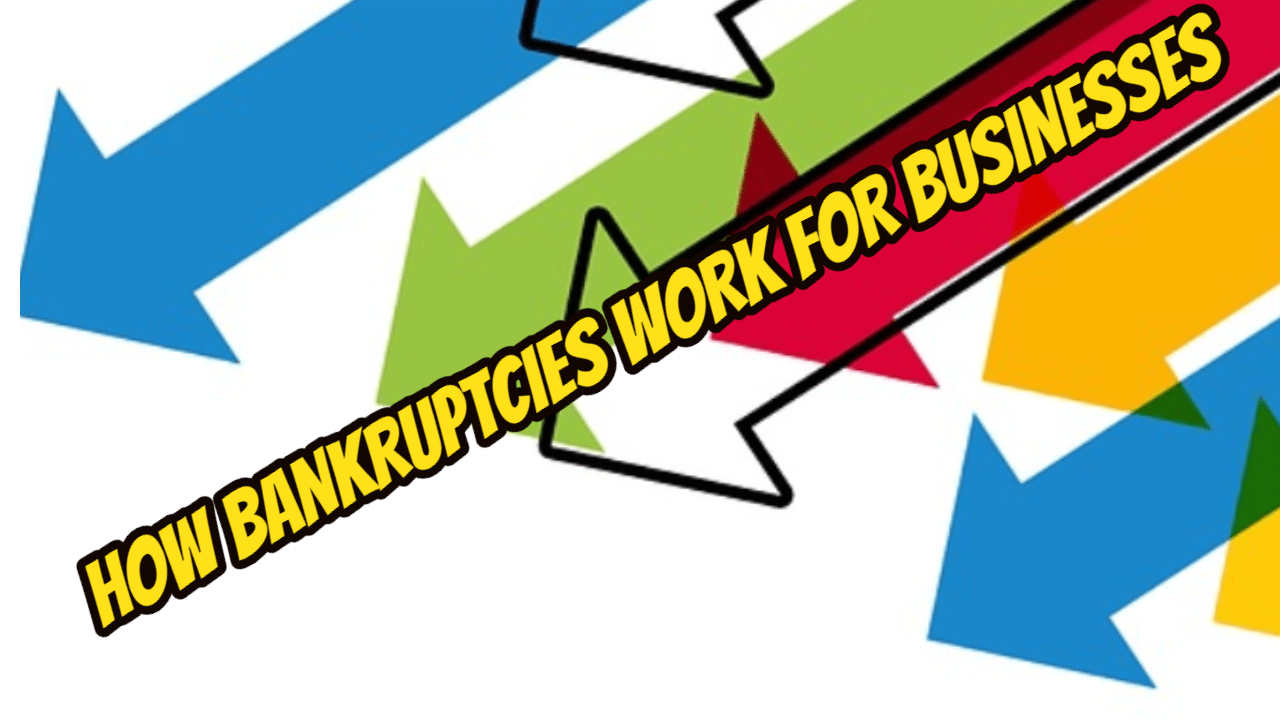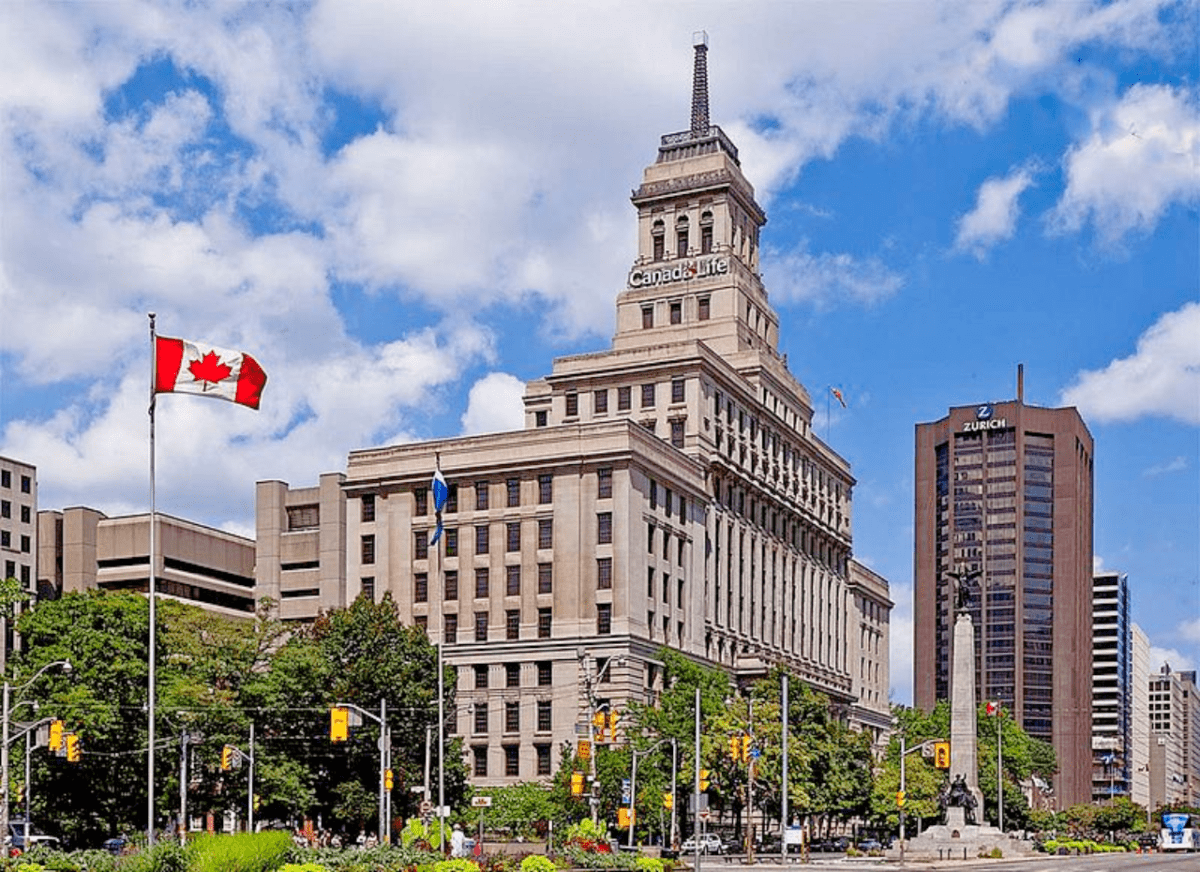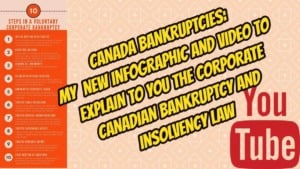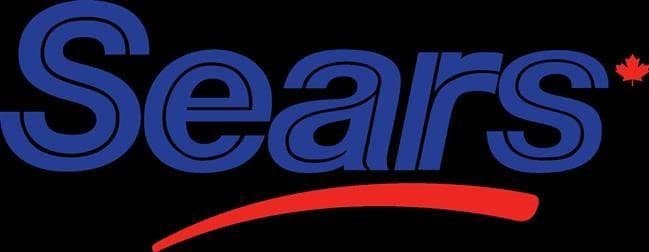3 Types of bankruptcies introduction
Two weeks ago I described the personal bankruptcy process Canada. Last week I described the Canadian corporate bankruptcy process. This week I want to start talking about the 3 types of bankruptcies in Canada.
3 types of bankruptcies: Voluntary and involuntary bankruptcy
In the last two weeks, I talked about both the personal and corporate bankruptcy processes. The way I described the bankruptcies it was all about the voluntary process of entering bankruptcy by filing an assignment in bankruptcy. That’s the 1st type of bankruptcy out of the 3 types of bankruptcies.
The second type which I will be speaking about today is the involuntary process of being pushed into bankruptcy. So how does one get placed into bankruptcy on an involuntary basis? It’s by a bankruptcy application.
3 types of bankruptcies: The bankruptcy application – the involuntary method
In order to file a bankruptcy application, one or more creditors must file the application to place the debtor, corporate or personal into bankruptcy. The creditor or group of creditors
must have unsecured debt of at least $1000 and the debtor must have committed at least 1 act of bankruptcy in the six months preceding the date of the bankruptcy application the acts of bankruptcy are laid out in the Bankruptcy and Insolvency Act (Canada).
3 types of bankruptcies: Acts of bankruptcy
So what are they? A debtor commits an act of bankruptcy in each of the following cases:
- If in Canada or elsewhere the debtor makes an assignment of its property to a trustee for the benefit of its creditors.
- A debtor makes a fraudulent gift delivery or transfer of all or part of its property.
- The debtor makes any transfer of its property or any part of it that creates a charge on it that would be void as against a trustee and bankruptcy.
- If with the intent to defeat or delay creditors the debtor departs out of Canada and absence itself.
- If the debtor permits any execution or another process to be levied against it where it’s property is seized in order to be sold and the debtor does not redeem its property.
- If the debtor exhibits to any meeting of creditors a statement of assets and liabilities that shows the debtor is insolvent if the debtor removes disposes of property or attempts to do so intending to defraud defeat or delay creditors.
- If the debtor gives notice to any creditor that payments are being suspended or if the debtor ceases to meet its liabilities generally as they become do a bankruptcy application must be accompanied by an affidavit attesting to the debt and the alleged acts of bankruptcy
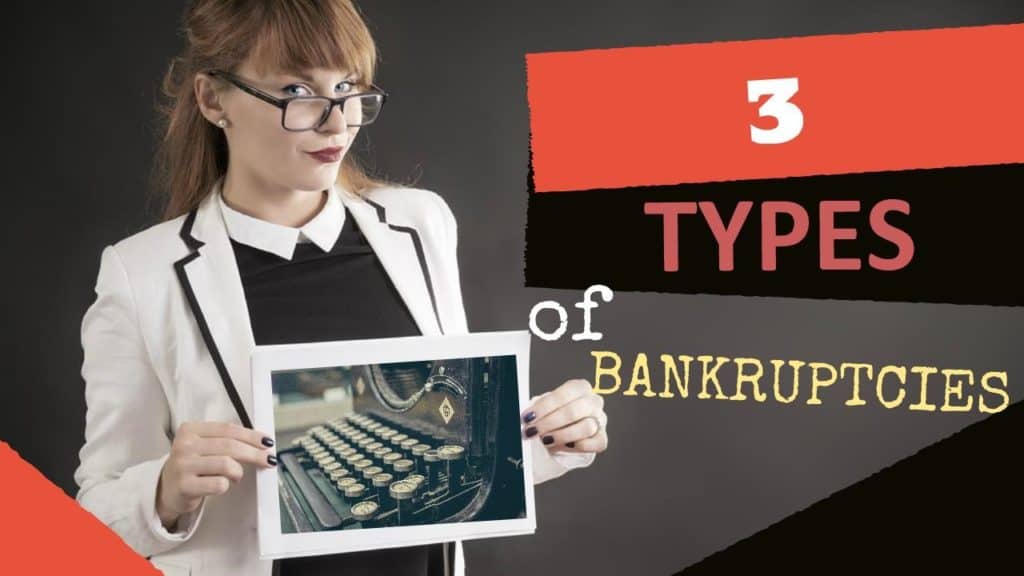
3 types of bankruptcies: What a bankruptcy application must look like
The affidavit must be deposed by a creditor or a representative of a creditor especially a corporate creditor and that representative must have personal knowledge of the facts. The bankruptcy application must be filed with the court having jurisdiction based on the location of the debtor. A bankruptcy application cannot be withdrawn without the permission of the court.
If there is a concern that the debtor’s assets might dissipate between the date of filing the bankruptcy application and the date of the court hearing the application the court can appoint the proposed licensed insolvency trustee to preserve and protect the assets but not too otherwise interfere in the running of the debtor’s business.
A notice of the time and place of the court hearing and all the motion material being used by the creditor or group of creditors must be served on the debtor.
3 types of bankruptcies: The bankruptcy order
A bankruptcy order could be issued 10 days after the service on the debtor of the bankruptcy application if it is not opposed or otherwise defended by the debtor. If it is defended then there will have to be a trial for the court to determine if a bankruptcy order should be issued and whatever the court decides. It is, of course, subject to the parties’ rights of appeal.
The debtor is bankrupt once the bankruptcy order is issued. The bankruptcy order puts on hold the enforcement rights of the creditors except for secured creditors holding valid security as soon as a bankruptcy order has been made the debtor’s property vests in the bankruptcy trustee and the bankruptcy administration begins.
To refresh yourself about personal bankruptcy administration check out my blog from two weeks ago. For a review again of the administration of a corporate bankruptcy check out my blog from last week.
Now the title of this blog is three types of bankruptcy. In the last two weeks, I have described voluntary bankruptcy for both an individual and a corporation by the filing of an assignment of bankruptcy. This week I talked about the involuntary bankruptcy process of the bankruptcy application for a bankruptcy order.
Next week I will discuss the third out of the 3 types of bankruptcies in Canada.
3 types of bankruptcies summary
I hope you enjoyed this 3 types of bankruptcies blog. The Ira Smith team is available to help you at any time.
We offer sound advice and a solid plan for Starting Over Starting Now so that you’ll be well on your way to a debt-free life in no time. For more information on a no-cost basis please visit our website or call us.
Do you or your company have excessive debt and looking for debt restructuring? Would not it be great if you could do a turn-around?
The Ira Smith Team understands how to do a debt restructuring. More notably, we comprehend the requirements of the business owner or the person who has too much individual debt. Because you are dealing with these stressful financial issues, you are anxious.
It is not your fault you can’t fix this problem on your own. You have only been taught the old ways. The old ways do not work anymore. The Ira Smith Team makes use of new contemporary ways to get you out of your debt problems while avoiding bankruptcy. We can get you debt relief now.
We look at your whole circumstance and design a strategy that is as distinct as you are. We take the load off of your shoulders as part of the debt settlement strategy we will draft just for you.
We understand that people facing money problems require a lifeline. That is why we can establish a restructuring procedure for you and end the discomfort you feel.
Call us now for a no-cost consultation. We will get you or your business back on the roadway to healthy and balanced worry-free operations and end the pain points in your life, Starting Over, Starting Now.